
If you’ve ever owned a General Motors (GM) vehicle and felt frustrated by a costly repair, you may be entitled to money back through one of the company’s recent class action settlements.
GM, the maker of Chevrolet, GMC, Buick, and Cadillac, has faced several lawsuits in recent years over alleged defects, including engines that burn oil too quickly and fuel pumps that fail prematurely.
A class action settlement is a legal resolution where a company compensates a large group of affected consumers instead of fighting individual lawsuits. For car owners, this can mean cash reimbursements, future repair coverage, or both. Missing the claim deadline, however, usually means missing your chance to get compensation.
In this article, I will talk about the following things:
- What is the GM Class Action about?
- Details about the GM Class Action settlement.
- How to know if you are eligible for the GM Class Action settlement?
- The impact of the lawsuit on the consumers.
Additionally, I will also answer some of the questions that people also ask about this lawsuit settlement. Therefore, if these are a few things you want to know, keep on reading this blog till the end…
What Are The GM Lawsuits?

GM’s legal troubles largely stem from safety issues and product defects.
Engine Oil Consumption Lawsuit:
In Siqueiros v. General Motors LLC, owners alleged that certain 2011–2014 Chevrolet and GMC vehicles equipped with LC9 engines burned excessive amounts of oil, leading to engine failure. As per Top Class Actions, GM eventually agreed to a $150 million settlement.
Fuel Pump Defect Lawsuit:
In Chapman v. GM LLC, plaintiffs claimed that 2011–2016 Silverado and Sierra trucks with 6.6L Duramax diesel engines contained faulty CP4 fuel pumps that caused sudden engine failure. GM reached a settlement providing cash reimbursements for past repairs and partial coverage for future ones.
“Shift to Park” Defect Lawsuit:
According to STP Lawsuit, in Jefferson & Riley v. GM LLC, owners argued that defective gear shifters prevented their vehicles from properly entering “Park,” leaving them unable to turn off the car or remove the key. This settlement covers cash payments and repair reimbursements.
These cases highlight a recurring theme: consumers claiming GM knew about widespread problems but failed to disclose or address them adequately.
Details Of The GM Class Action Settlement
Each settlement is slightly different, but they share common elements:
1. Settlement Funds: Here’s how the settlement amount fund will be:
- Engine case: $150 million fund for affected vehicle owners.
- Fuel pump case: Cash payments plus up to 50% reimbursement for future repairs made after May 6, 2025.
- Shift to Park case: Up to $500 in cash plus $375 for repair reimbursements.
2. Eligibility: You generally qualify if you owned or leased a covered vehicle during specific dates and suffered repair expenses tied to the defect.
3. Deadlines: Important dates that are associated with the GM class action settlement includes:
- Engine case: August 8, 2025.
- Fuel pump case: November 6, 2025.
- Shift to Park case: August 19, 2025.
4. Conditions: By filing a claim, you typically agree not to sue GM separately for the same issue. According to the official GM Engine Litigation, that’s a trade-off consumers should be aware of.
What Are The Eligibility Criteria For The GM Class Action Settlement?

Not every GM owner qualifies. To check:
- Vehicle Models: You’ll need to confirm your car’s make, model, year, and sometimes even engine type (like LC9 or CP4). Each settlement has a dedicated website with a VIN lookup tool.
- Ownership Period: Some settlements only cover people who bought or leased the car during certain years. For instance, in the fuel pump case, the window runs from March 2010 to September 2024 in certain states.
- Covered Losses: These usually include repair costs, towing charges, and sometimes rental cars. Claims for lost resale value are harder to prove and may not be included.
How to File a Claim
Here’s a step-by-step guide that works across most GM settlements:
1. Confirm eligibility: Go to the official settlement website (e.g., GMEngineLitigation.com, GMFuelPumpLitigation.com) and use the VIN lookup tool.
2. Complete the claim form: These can be filled out online or mailed.
3. Attach documentation: You’ll need:
- Proof of ownership/lease (sales or finance paperwork).
- Vehicle repair invoices or service records.
- Proof of payment (bank or credit card statements).
4. Submit your claim: Online submission is fastest, but mail is also accepted. Make sure it’s postmarked before the deadline.
5. Keep copies: Always save digital or paper copies of everything submitted.
Pro tip: Don’t wait until the last week to file. Many consumers lose compensation because they forget or misplace paperwork.
How Did The Lawsuit Impact The Consumers?
For vehicle owners, these settlements can be a relief. Repairing a blown engine or replacing a failed fuel pump can cost thousands of dollars. Having those expenses reimbursed means less financial stress.
But there are challenges:
- If you’ve lost your repair receipts, proving your claim may be tricky.
- Settlements can take months (or years) to distribute funds after final approval.
- Payments may be less than expected because attorney fees and administrative costs are deducted from the settlement pool.
Still, most consumers agree that something is better than nothing — especially when the defect was no fault of their own.
Read Also: What Is The Vintage Broncos Ford Lawsuit About?
Frequently Asked Questions (FAQs):
Here are some of the questions that most people often ask about the GM class action settlement. Take a look at them before you leave:
Yes, in many cases — as long as you owned it during the qualifying period and paid for covered repairs.
Unfortunately, you lose your right to claim. Deadlines are strict.
Generally, no. By joining the settlement, you waive the right to pursue separate legal action for the same issue.
Payouts are usually issued after the court gives final approval and any appeals are resolved. That can take several months.
What Is The Broader Impact On GM And The Auto Industry?
These settlements are not only about money payments; they convey a message to car manufacturers.
- To GM: One of the main reasons for such consequences is the question of not only the company’s quality standards but also the transparency of its policy. While GM keeps on denying their part in the issue, they still have to make a decision: either pay or continue going through court. So, there is a sign of a movement towards settling by paying rather than letting long trials and bad press run.
- In the eyes of the auto industry: The effect of these litigations is mainly visible in the increased number of voluntarily executed recalls by carmakers; they also report defects more meticulously and provide warranties that are more robust.
- For the authorities: Situations like this form a basis for the National Highway Traffic Safety Administration (NHTSA) in its calls for tighter consumer protection regulations.
If you’ve spent money fixing your GM vehicle for one of the defects covered by these lawsuits, you might be eligible for reimbursement. The process may feel tedious — gathering receipts, filling out forms, meeting deadlines — but it’s worth the effort.
The rule of thumb is to start working without delay, be well-kept and file your request before the expiry of the deadline. Whether it is the case of oil consumption, the fuel pump, or the shift-to-park defect, these settlements are there for consumers’ compensation, who had to cover the expenses in the first place.




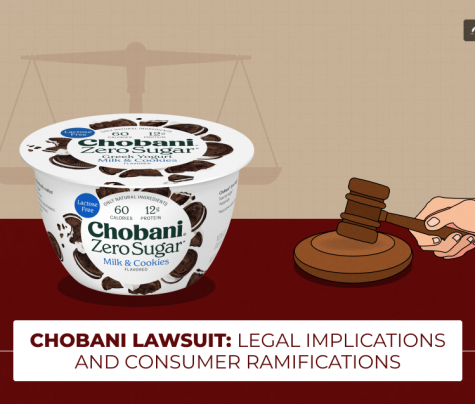
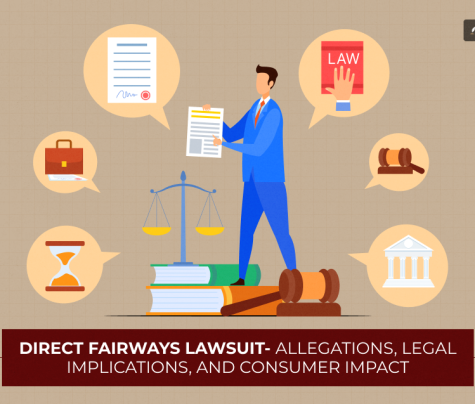
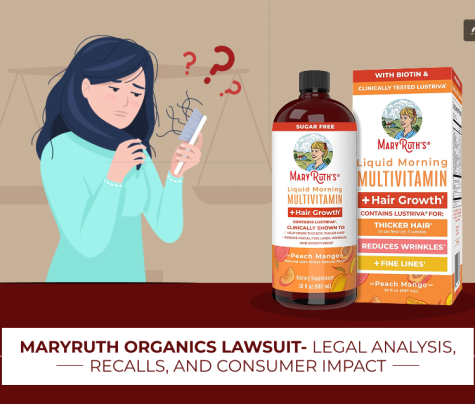
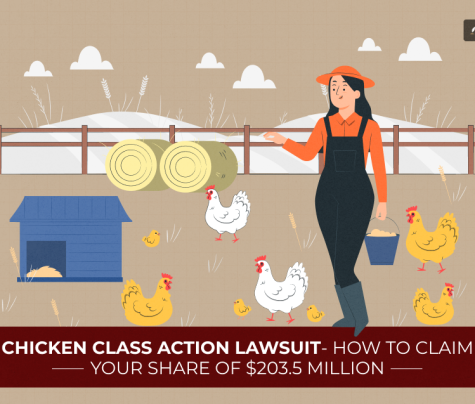

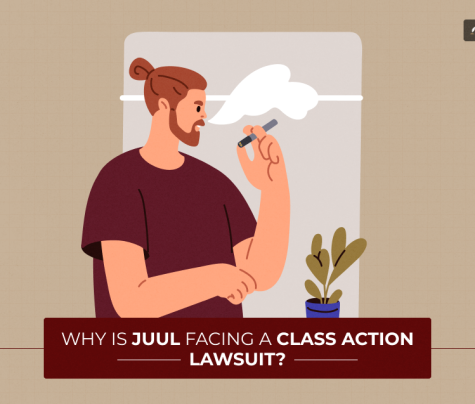
0 Reply
No comments yet.